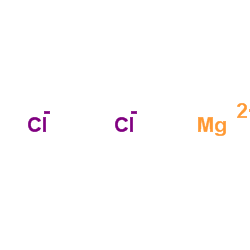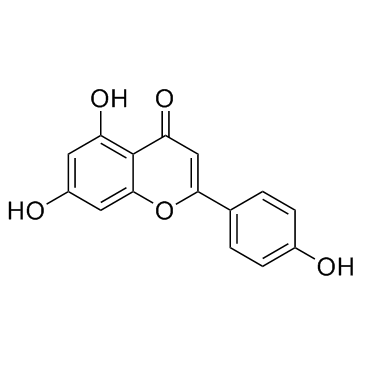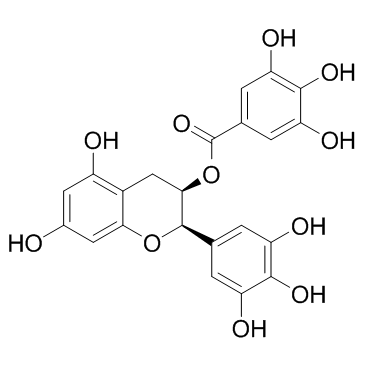| Structure | Name/CAS No. | Articles |
|---|---|---|
 |
Naringin
CAS:10236-47-2 |
|
 |
Formic Acid
CAS:64-18-6 |
|
 |
Trometamol
CAS:77-86-1 |
|
 |
Ethanol
CAS:64-17-5 |
|
 |
Methanol
CAS:67-56-1 |
|
 |
Magnesium choride
CAS:7786-30-3 |
|
 |
Apigenin
CAS:520-36-5 |
|
 |
(-)-Epigallocatechin gallate
CAS:989-51-5 |
|
 |
Quercetin dihydrate
CAS:6151-25-3 |
|
 |
(±)-Naringenin
CAS:67604-48-2 |